Japan may be famous for its traditional culture but its modern culture is just as popular. In this article, we explore what Japanese pop culture includes. Not just common ones frequently featured in social media, we also cover some of the everyday popular culture that is part and parcel of living in Japan. After all, a huge part of pop culture is what is currently trending.
Header Image Credit: © PR TIMES Inc. / © 2021 Virtual Akihabara Association
Table of Contents
- What is Japanese pop culture?
- Why is Japanese pop culture so popular?
- The Different Types of Japanese Pop Culture
- Takeaway
What is Japanese pop culture?
Before we dive into this, let’s start with what is pop culture.

Popular culture, short form “pop culture”, is modern forms of culture that appeal to many people, or the mass, which is why it is also called “mass culture”. Nowadays, what is considered pop culture corresponds to how well it does on social media which is the main way culture is spread in modern times. Though there is no clear definition of what counts as pop culture, general categories are entertainment, music, film and television, fashion, and more.
Japanese pop culture is simply pop culture that originated in Japan. The distinction between traditional culture and pop culture in Japan is quite obvious with traditional Japanese culture having strong historical roots whilst pop culture is fairly recent. Examples of Japanese pop culture include otaku culture, kawaii culture, idol culture, anime culture, harajuku fashion, and gyaru fashion. Pop culture in Japan also bleeds over to daily life, as opposed to more hobby-like interests, like fashion masks since Covid started, the bubble tea boom, and karaoke.
Writer's Pick
Why is Japanese pop culture so popular?
Because it's unique and interesting. Many forms of Japanese pop culture are known and popular, even outside the country. More so these days thanks to social media and the internet. Pop culture in Japan is very characteristic, so much so that you might have seen something online and thought “this must be from Japan”.
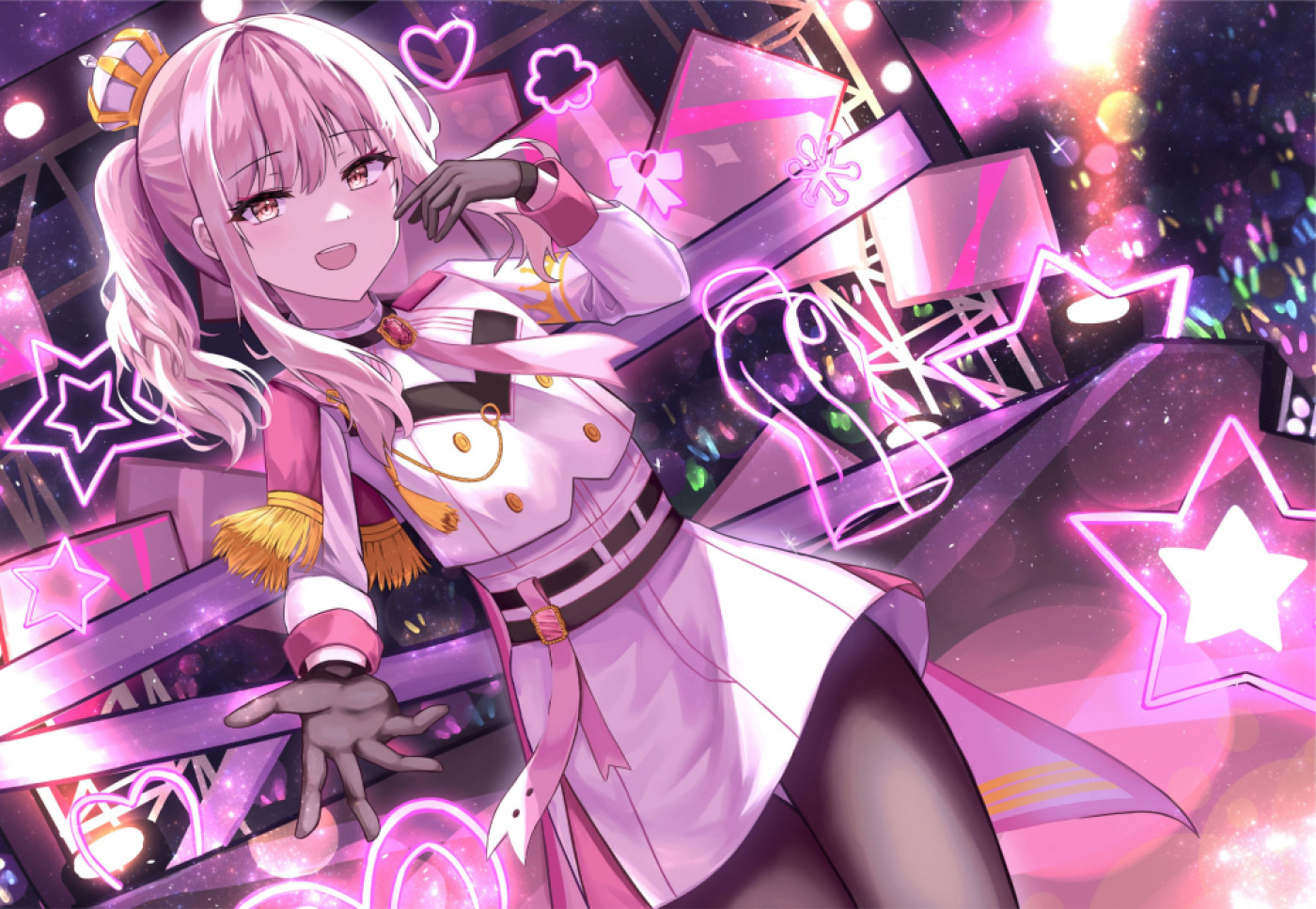
The most popular of Japanese pop culture are probably anime, manga, video games and kawaii culture. Many more are on the rise though thanks to increased availability of access like dramas and movies with streaming services, music with Youtube and Spotify, and fashion with international delivery.
Another great thing about Japanese pop culture is that it's ever growing. There’s no limit when it comes to pop culture and following the latest trends is part of the fun of pop culture.
The Different Types of Japanese Pop Culture
On to the fun part of this article, here we introduce briefly some (not all) of Japan’s pop culture. Chances are if you are already familiar with Japanese pop culture that you know many of them but here goes.
Japanese Music
Starting with the basics of basics, music and especially J-Pop.

J-Pop is Japanese popular music, basically music that is popular among the general public. Unlike what many people think, J-Pop doesn’t only refer to a specific genre of music that is Pop. Instead, J-Pop that consists of anything that’s popular at the moment can include rock, idol songs, anisongs, and vocaloid.
Let’s talk about trends in relation to J-music:
-
City Pop, a genre of Japanese music popular during the 70s and 80s has made a huge international comeback.
-
J-Pop and Anime Songs, a continuing trend since the 90s is the crossing over of these 2 previously distinctive genres of music.
-
Animated Music Videos are quite popular in Japan. Some artists only release music videos that use animations.
-
Hidden Identities is quite a unique concept in Japan. To protect their privacy, there are quite a number of singers and musicians that choose to go by a professional name and hide their faces when performing or posting on social media. Some of them only show their face in small events where filming is prohibited whilst some eventually reveal their faces later in their career.
Idol Culture
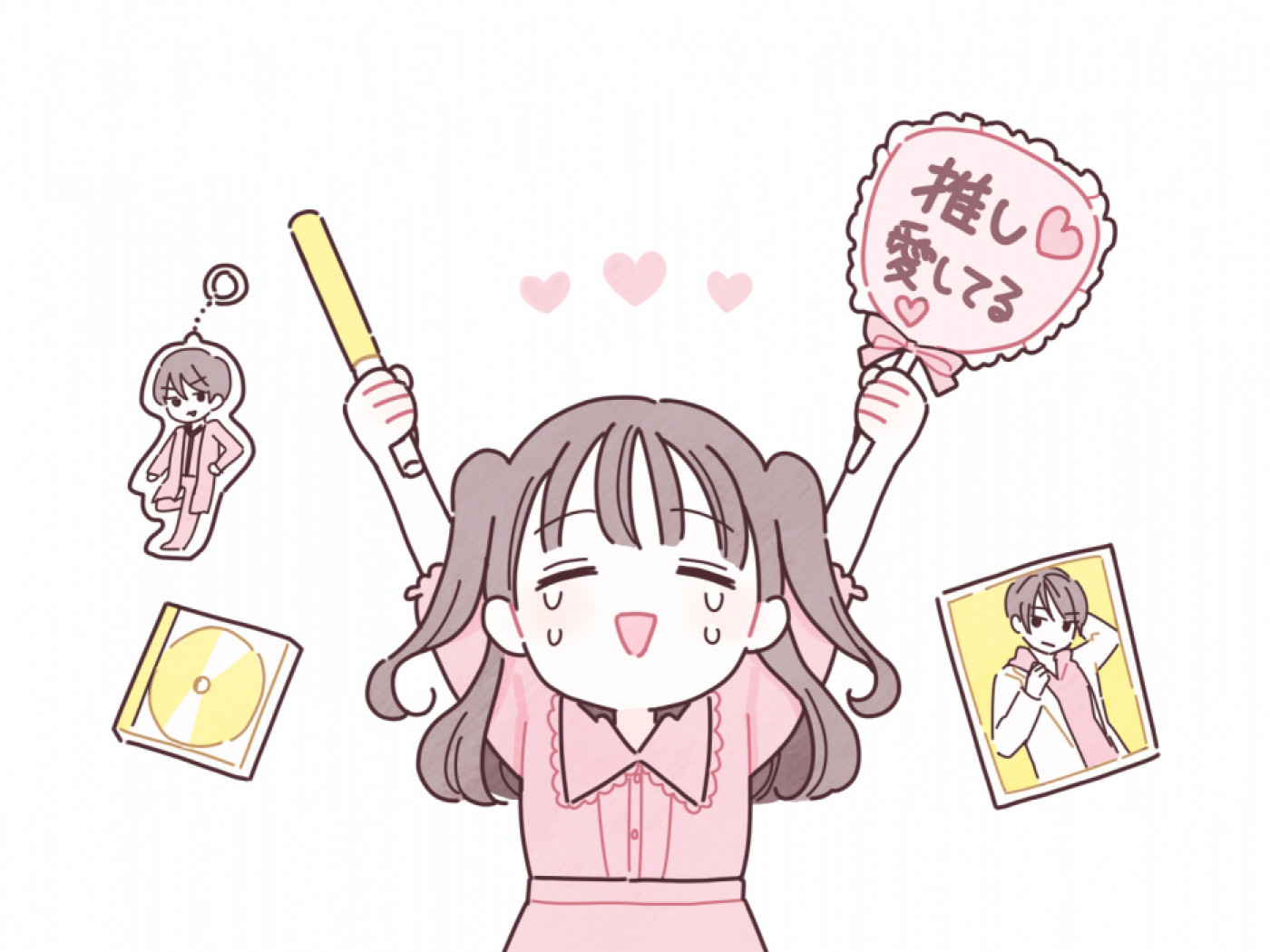
Close relationships with fans and the pride from seeing your idol grow is the appeal of being a fan of an idol group. In Japan, idols are characterized by their beautiful costumes, dancing and singing abilities, and close relationships to fans.
Idol culture in Japan includes meet-and-greet events, buying CDs and idol merchandise, creating fanworks, and attending concerts. All of which can be summed up into a specific and recently trending terms「推し活 oshikatsu」or 「推し事 oshigoto」.
Japanese idol trends to know about:
-
Oshi Color / Member Colour is a colour that identifies a particular member in the idol group. Some colours like red for leader, are indicative of their role.
-
Super Large Girl Groups of 40+ and 80+ members like Nogizaka46 with more than 40 members, and AKB48 with more than 80 members divided into separate teams.
-
Graduate is what's called when a member of a girl group quits being an idol. This may be for personal reasons like marriage, or career reasons like going solo. The news will be announced to fans and a graduation concert, as a ceremony of sorts, will be held.
Vocaloid
Vocaloid is a voice synthesiser software developed by Yamaha. With the software, anybody can create music with vocals as well as speech. Voice banks are released as part of the software and avatars called Vocaloids were created for each voice. The Vocaloids are virtual idols used not only to promote the software but also to create music videos and art for the songs.
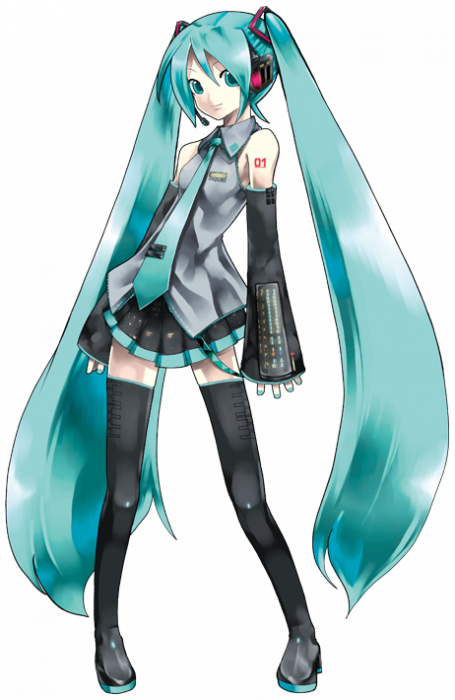
Image Credit: © Crypton Future Media, INC.
The most famous Vocaloid is Hatsune Miku (初音 ミク) that was released in 2007 with Vocaloid 2, the 2nd generation software. It can be said that the biggest reason for Vocaloid becoming mainstream and its incredible success is because of her. She has over 100,000 songs released, various character designs both official and fan made, marketing collaborations with large companies, and concerts that always sell out!
How does a virtual idol perform in a concert?
By hologram. Hatsune Miku’s first live concert was in 2009, and she has continued performing every year since then. Her concerts also feature other Vocaloid members as well.
What other famous Vocaloids are there?
Other successful Vocaloids include Megurine Luka (巡音 ルカ), twins Kagamine Rin & Len (鏡音リン・レン), IA, Kaito, and Megpoid Gumi.
Utaite 歌い手
Utaite are amateur singers that record songs and release them on Nico Nico Douga, and more recently these past few years on Youtube. Though we say amateur, they are really really good and some of them go on to be professional singers.
Utaite primarily do cover songs for Vocaloid songs, J-Pop, and game songs. Though many use the original soundtrack, some also do acoustic or an original arrangement of the song. Utaite also release CD singles or albums of their song covers or original songs. Several utaite may group up to form a doujin circle and sing together and release albums.
Most, if not all, utaites maintain anonymity. Just like Vocaloids, they have an avatar created to represent them.
Do you know any utaite that went professional? Here’s some of them:
-
Ado
-
Eve
-
96Neko
-
Nano
-
Reol
and more.
Anime and Manga
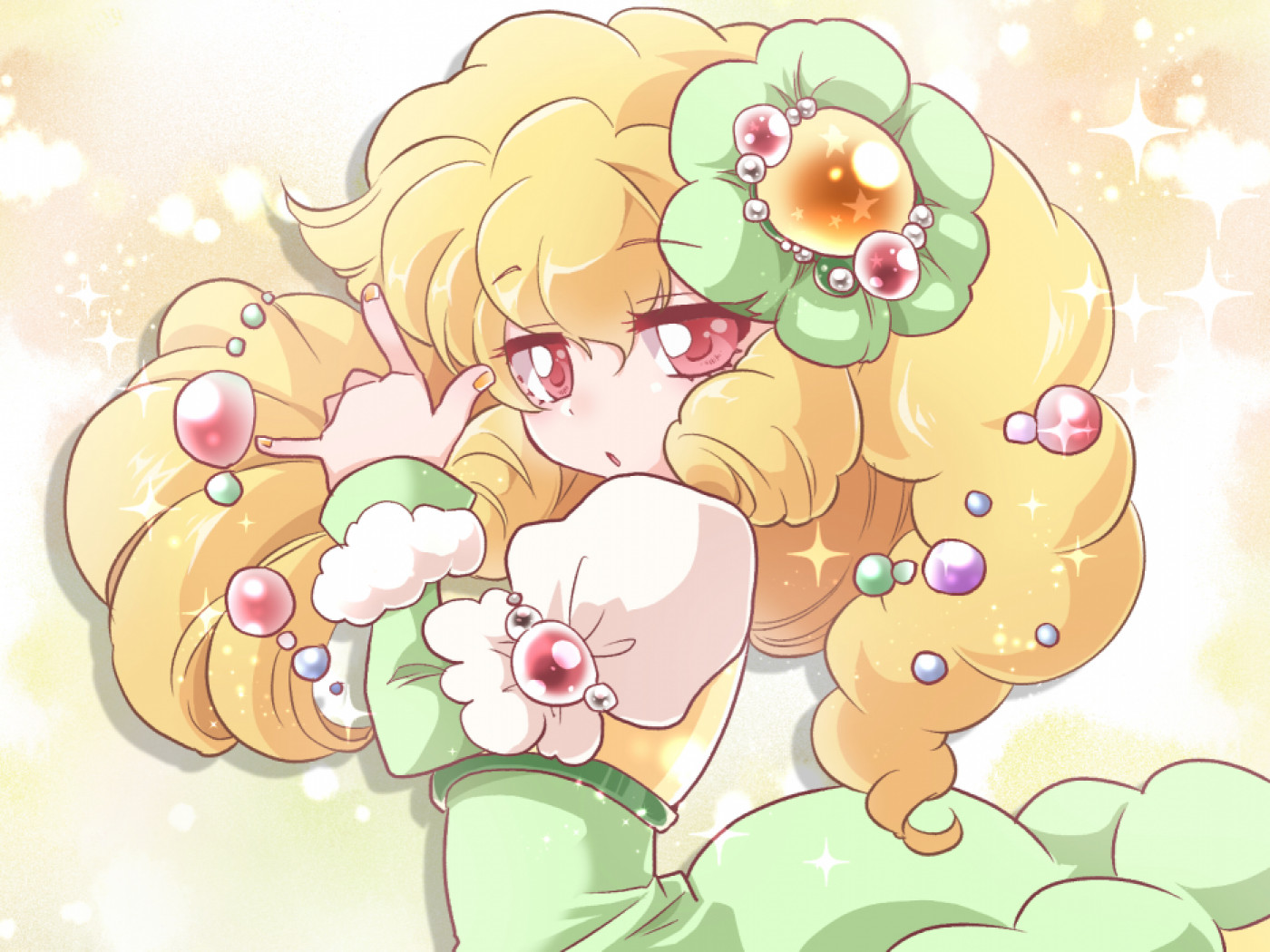
Anime and manga are the most popular amongst Japanese pop culture and are widespread even outside Japan. Anime refers to Japanese animation, and manga refers to Japanese comics. Inside and outside Japan, anime culture is huge. It is not simply a hobby where one reads manga and watches anime, for some, it is a lifestyle - following weekly anime/manga release, wearing anime T-shirts, career as a cosplayer, joining anime/manga society at school, creating fanworks, etc.
Anime culture includes collecting official and non-official merchandise, cosplaying, attending events, visiting anime sites & museums, and more.
Recommended Reading:
Japanese Games
Of course Japanese games are popular! If not the games, then the consoles at least! The best-selling video game consoles of all time are mostly developed in Japan, here are some of them:
-
Nintendo Switch
-
Nintendo DS and 3DS
-
Nintendo Game Boy
-
Nintendo Wii
-
Sony Playstation 1, 2, 3, 4, 5
Indeed, at present, Nintendo Switch and PS4/5 are the most popular consoles.
Video Games

Photo Credit: © 2022 Nintendo
Putting consoles aside, let’s look at the games themselves. Whether for console and/or PC, Japan has produced quite a number of famous games over the years. Here are some beloved titles that you’ve definitely heard of:
-
Pokemon
-
Final Fantasy
-
The Legend of Zelda
-
Animal Crossing
-
Super Mario
-
Donkey Kong
-
Street Fighter
-
Kingdom Hearts
-
Monster Hunter
-
Biohazard (outside Japan: Resident Evil)
and many, many more.
Video games are a huge industry in Japan and understandably so. Japanese video games cover a wide genre even though they are best known for RPGs (role playing games). Unique and popular genres also include visual novels, bullet hell games, rhythm games, dating sims, gacha games, and fighter games. Plus way more.
Arcade Games
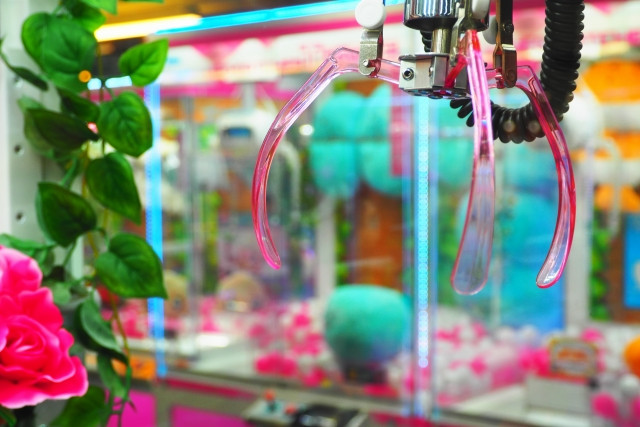
This crosses over into pop culture in everyday life. Arcades are called「ゲームセンターgeemu sentaa」or game centre in Japan. Game centres are frequented by young people as a hangout spot or a place to kill time. They can get pretty crowded during weekends and after school when students drop by on the way home.
The common types of arcade games you can find at arcades in Japan are fighter games, racing car games, and rhythm games. In the past few years, UFO catchers (also known as crane games and claw machines) have increased in numbers. There are even arcades that only carry UFO catcher machines and nothing else.
Another growing trend in game centres is the collection of game cards or character cards. There are game machines that have been upgraded to include character card readers and some can even print out these cards. Fans of characters and games are overjoyed at this new collectible system introduced to the arcade game scene even if it does come with increased prices to get the collectibles. But many find it worth it for a physical copy and unique illustration of a beloved character. The cards aren’t just for show mind you, they are also incorporated into the playing of the game.
Trading Card Games
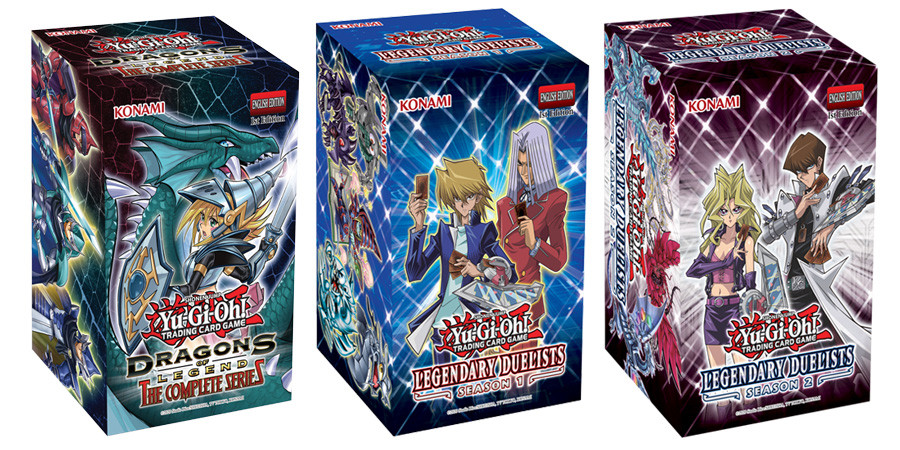
Image Credit: © Studio Dice/SHUEISHA, TV TOKYO, KONAMI
Are trading card games a huge deal in Japan? The answer is yes among a certain crowd. Wandering around Akihabara and Ikebukuro, you may spot trading card collectors or trading card game players meeting up for a trade, a game, or just to shop for cards together and show off each other’s collection.
Popular Japanese trading card games include:
-
Pokemon
-
Yu-Gi-Oh!
-
Duel Masters
-
Weiss Schwarz
and more.
Digital TCGs are also on the rise in Japan with games like Pokemon TCG Online, Yu-Gi-Oh! Duel Links, Cardfight!! Vanguard Zero, and Shadowverse.
Otaku Culture
A stereotypical image of an otaku that is frequently depicted in anime is a geeky nerd wearing a tucked in chequered shirt with a backpack stuffed with otaku goods like posters, manga, CDs, and doujinshi. He/She probably lives in a room decorated floor to ceiling with anime or game posters, and has little to no friends.

You may wonder, “are otaku really like that?” The truth is that is quite an exaggeration, though there are people like that, it is not common enough that you’d meet someone that is passionate about their likes without actively looking.

A less insulting way of defining otaku is that an otaku is an enthusiast, someone that is passionate about what they like. Not just anime, there can be otaku for anything:
-
Train Otaku is a general term for train enthusiasts. There are different types of train otaku, some love taking photographs of trains, some love riding trains with no destination in mind, some are into the engineering aspect of trains.
-
Game Otaku is a game enthusiast. There are retro game otaku, rpg game otaku, board games otaku, etc.
-
Idol Otaku are really into idol groups. A dedicated idol otaku may attend their favourite idol’s show every week or every month, making sure to attend as many events as possible to show support.
-
History Otaku is a history enthusiast. Miku from the Quintessential Quintuplets is a classic example of history otaku. History otaku may be into samurais, ninjas, shoguns, or historical places.
Japanese Fashion and Makeup
Fashion is especially fun in Japan thanks to its four seasons which means different outfits for each season! This also comes with increased shopping expenses but only when you’re first filling up your closet for clothing necessities for hot and cold seasons. Thereafter, it’s a personal choice whether to update your closet to follow the latest fashion trends or to get something you really want.
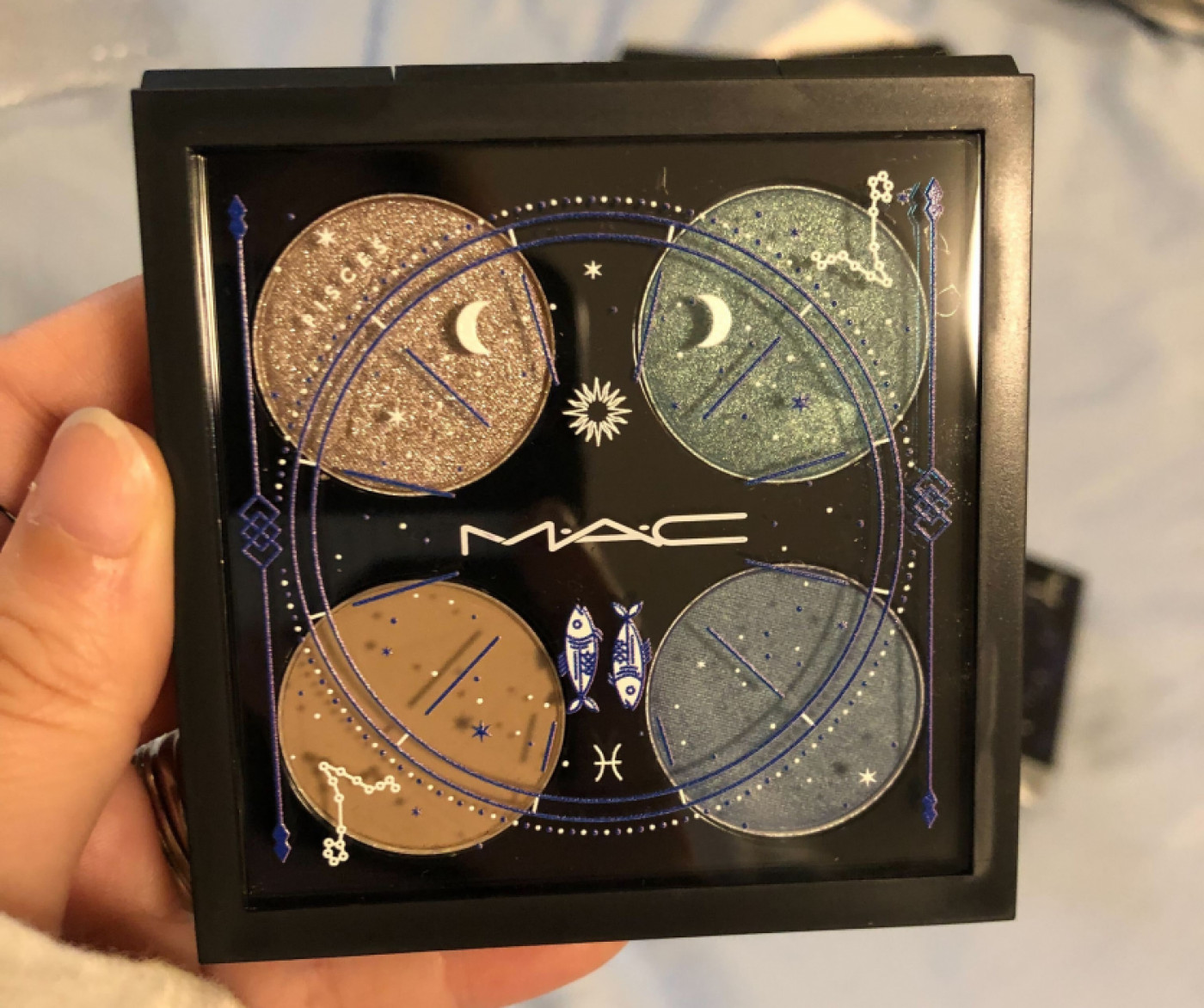
Aside from everyday casual wear and proper office attire, there are certain fashion styles that are characteristic of Japanese fashion which we will talk more about below.
Recent fashion trends in Japan:
-
Oversized Tops - hoodies, shirts, t-shirts, sweaters, etc.
-
Baggy Jeans and Pants
-
Wide Leg & Flare Pants
-
Fashionable Face Masks
-
Camel Toe Shoes
-
Sheer, See-Through Blouse and Tops
-
Traditional Mix Outfits
-
Inner Coloured Hair or Two-toned Hair
-
Brightly Coloured Hair - pink, blue, green, purple, red
Harajuku Fashion
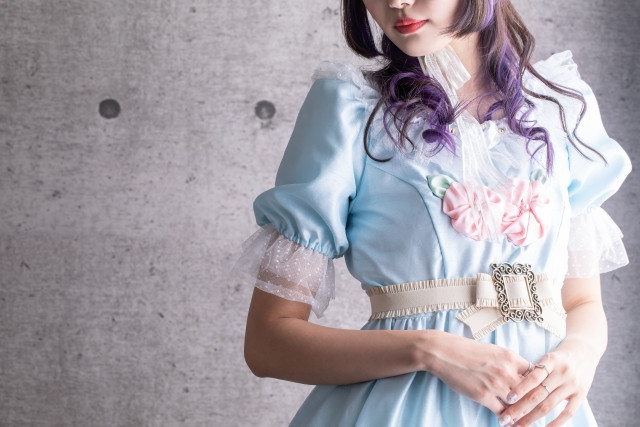
Harajuku fashion is wide and encompasses many styles; there’s lolita fashion which already contains many themes of gothic, sweet, and traditional, there’s punk rock that carries a rebellious and wild aura, and many more.
Exploring the different shops in Harajuku and along Takeshita-dori, you can get an idea of what Harajuku Fashion entails, which is freedom in fashion to express yourselves.
Recommended Reading:
Harajuku’s Takeshita Street: An Unforgettable Experience
Gyaru Fashion
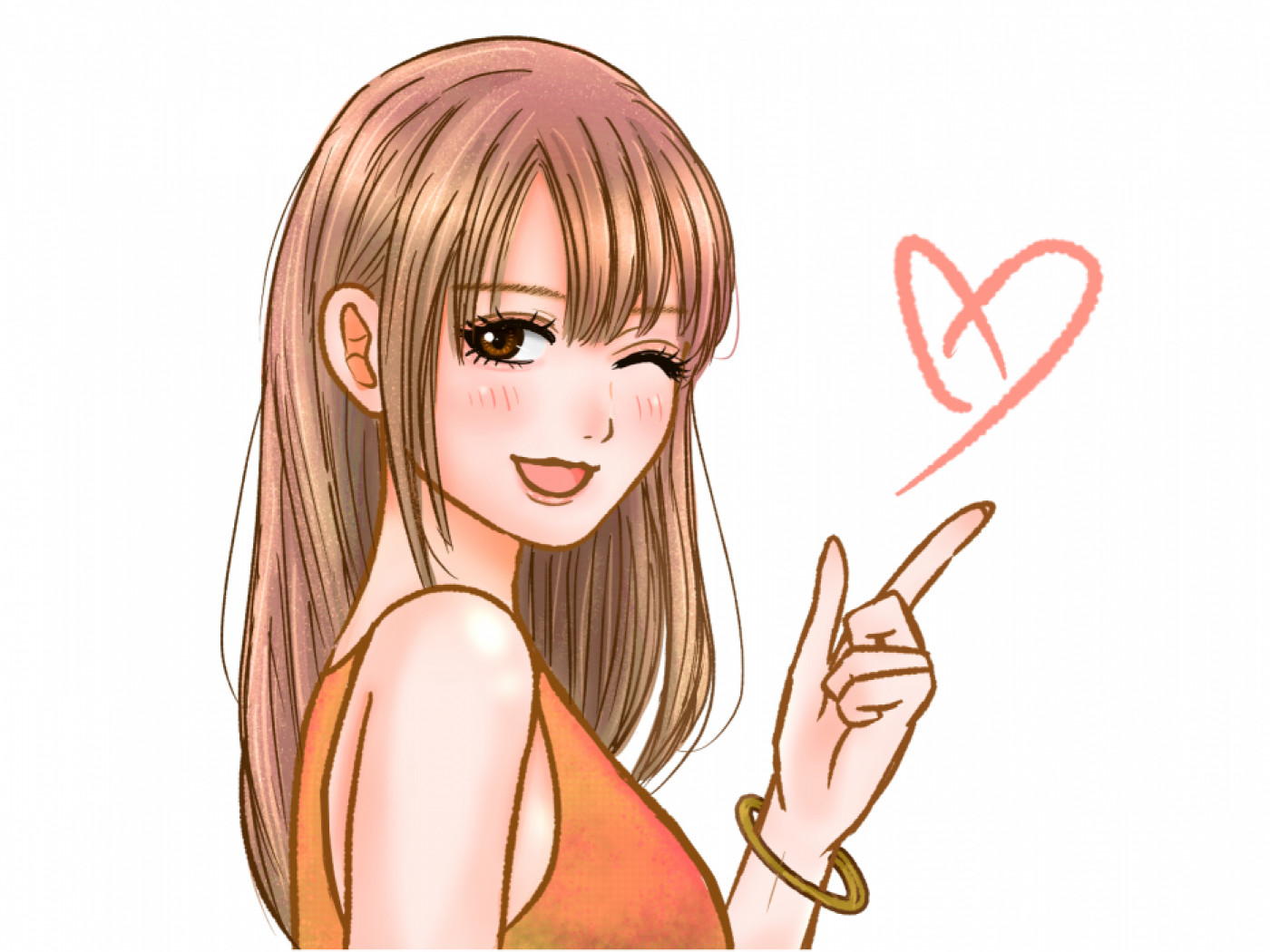
Gyaru are characterised by their brightly coloured curled hair and thick eye makeup. Present day gyaru fashion trends are much more toned down. To the less knowledgeable, it may be difficult to identify a gyaru.
The classic gyaru that most people know have darkly tanned skin that contrasts greatly with their lightly coloured hair. They also wear heavy makeup and heavily decorated nails. Their clothing is also usually revealing, exposing shoulders and their legs. This type of gyaru is a rarity nowadays.
The more common gyaru fashion nowadays is the Shiro Gyaru, shiro meaning white. Instead of trying to look like they have darker skin, shiro gyaru aims to look fairer with powdered faces. A more natural look when paired with blonde hair. Although they still do heavy makeup like classic gyaru, it is done more cutely for a kawaii style. Their clothing is also in lighter colours like white, pink, etc.
KAWAII, Obsession with All Things Cute
Japanese love all things cute, and so do we! Cute things are healing, they make us feel good and we can’t help wanting to touch and collect cute things. With so many cute things in Japan, self-control is very important so you don’t accidentally spend all your money on things “you must have because”.
Kawaii culture in Japan has inspired many other subcultures like purikura (photo booth to add effects and stickers after picture taken), fashion (fairy kei, decora), characters, and mascots.
Kawaii Japanese Characters
When thinking about cute Japanese characters, Sanrio is the first to come to mind. The interesting thing about Sanrio characters is that many of them are created just to be cute. Other characters and mascots are usually attached to a product of sorts, like Snoopy from comics, Winnie the Pooh from a book, Pikachu from the Pokemon game and anime series, and Totoro from My Neighbour Totoro movie. Yet, characters by Sanrio like Gudetama the lazy egg, Pompompurin the golden retriever, and Hello Kitty the British cat are original characters with interesting backgrounds that sell their cuteness.

Image Credit: © 2022 SANRIO CO., LTD.
In case you’re wondering, the most popular Sanrio characters worldwide in 2022 are:
-
1st Place: Cinnamoroll
-
2nd Place: Pompompurin
-
3rd Place: Kuromi
※ Sanrio, “2022 Character Ranking”
Aside from Sanrio, there’s also San-X. San-X’s most famous characters are Rilakumma and Sumikko Gurashi.
Yuru Chara ゆるキャラ
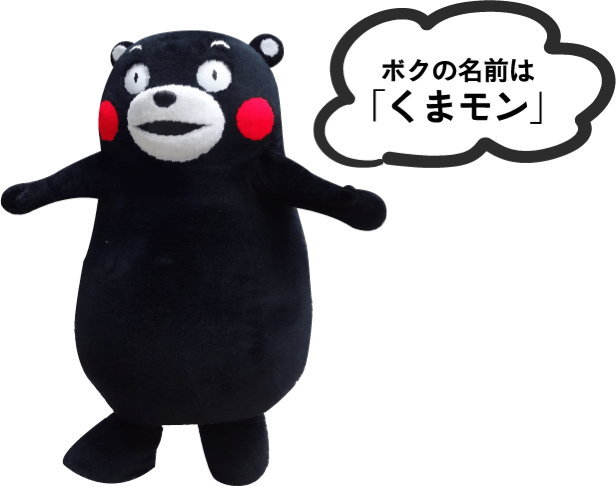
Photo Credit: © Kumamoto Prefectural Government
Yuru Chara are mascot characters that are usually created for promotion purposes. It may be for a place (prefecture, city), business, service, or event. There are many benefits that comes with having a yuru chara, such as:
-
Functions as a symbol
-
Promotion and marketing
-
Selling merchandise
-
Event attendance as representative
and most importantly, it’s cute!
Popular yuru charas that are also known overseas include:
-
Kumamon, black bear mascot of Kumamoto Prefecture
-
Funassyi, pear fairy unofficial mascot of Funabashi City, Chiba
-
Domo-kun, brown furry unidentified monster mascot of NHK
-
Hikyonyan, white cat wearing samurai helmet mascot of Hikone City, Shiga
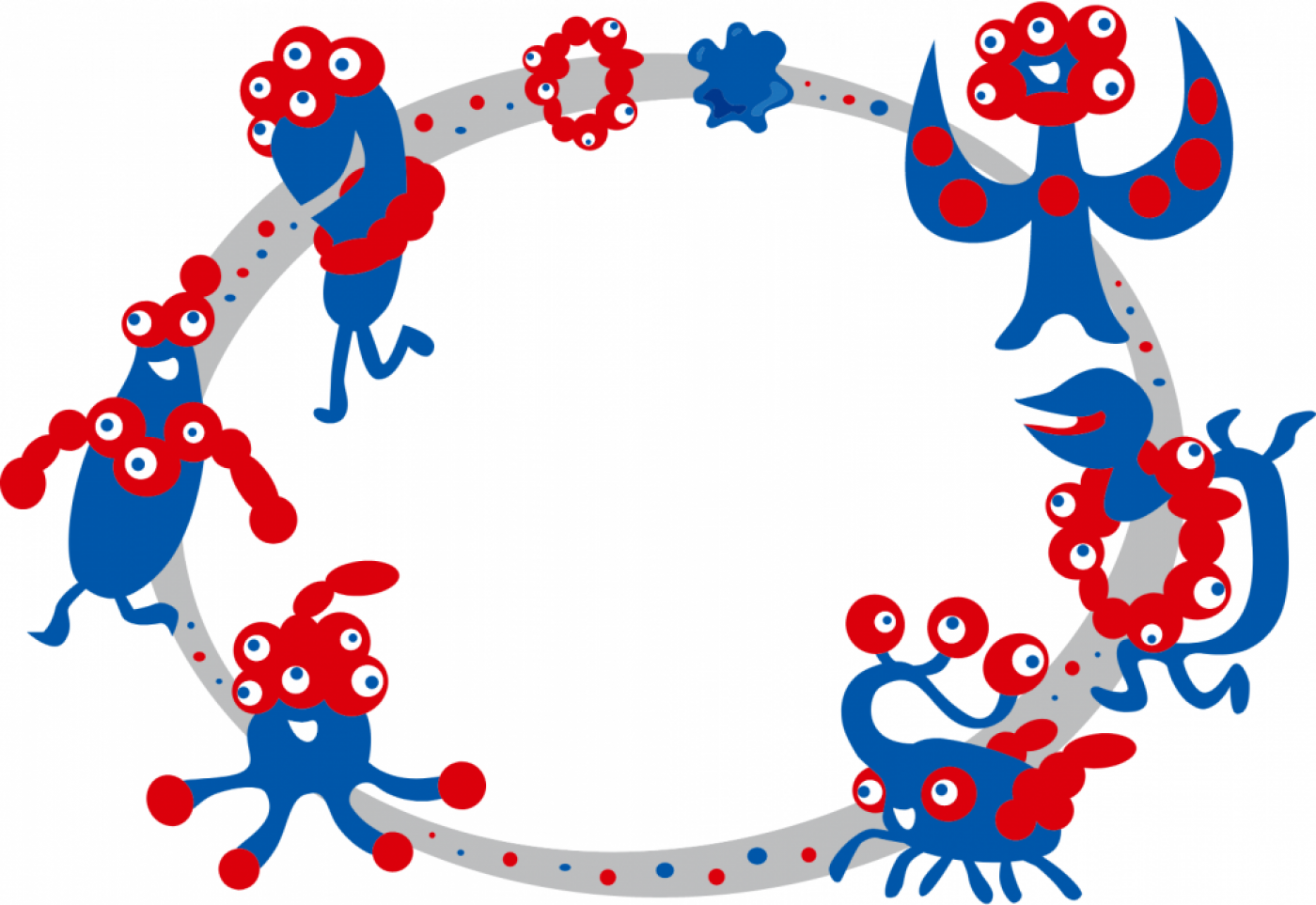
Photo Credit: ©Japan Association for the 2025 World Exposition
You’d be surprised to know that there are also trends when it comes to yuru chara. A trend since 2013 is kimo-kawaii (きもかわいい) which means disgusting-cute or gross-cute. A great example of a kimo-kawaii mascot is Myaku-Myaku, the recently named official mascot for Osaka Expo 2025. Myaku-myaku is apparently a shape-shifting water type monster. When the mascot’s design was first announced, many people’s response was “why?!” but it has since started to gain popularity.
※ Japan Association for the 2025 World Exposition, “公式キャラクターについて”
VTubers, Rising Internet Idols and Entertainers
The current biggest trend in online entertainment is VTubers, or virtual Youtubers. VTubers are online entertainers who use real time motion capture software to capture the entertainer’s actions and reflect it through the avatar’s movements. The first successful VTuber was Kizuna AI who debuted in 2016. She was popular in Japan and also overseas. Her responses and interactions with fans on a personal and more human level was the greatest appeal.
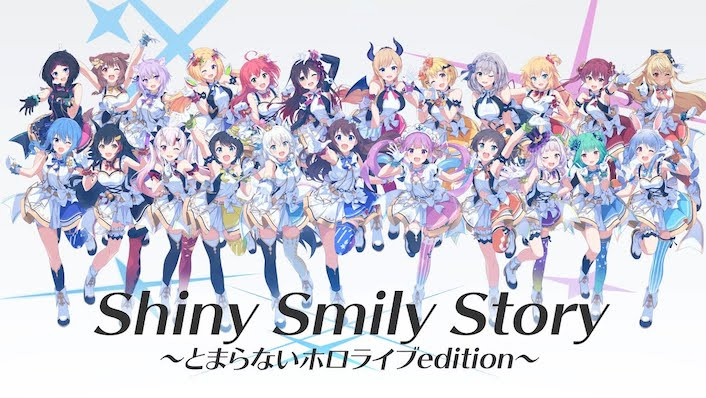
Photo Credit: © 2016 COVER Corp.
From there, a new type of business started, and the VTuber industry grew with agencies and a constantly growing number of VTubers. The biggest VTuber agencies right now are Hololive that have VTubers around the world and Nijisanji.
Each VTuber is unique and all of them interesting in their own right and with their own loyal fanbase. A VTuber’s job includes playing games whilst live streaming, chit chatting with fans, performing, interacting with fellow VTubers, and creating original content like music. In a sense, they are similar to idols, or virtual idols and are frequently compared to Vocaloids but with a real person behind the avatar.
Find out who the top VTubers in Japan are in our VTuber article.
Takeaway
How did you like your quick look into Japanese pop culture? There’s so many more to cover that we simply cannot finish in this one article, so look forward to more on this topic.
Some things we would like to cover are Japanese Youtubers, Japanese television, drama and movies, stage shows, as well as everyday pop culture in Japan like trending food culture, karaoke, fashion masks, animal cafes and more. Look forward to them!
Recommended Reading:










.png)

.jpg)





















